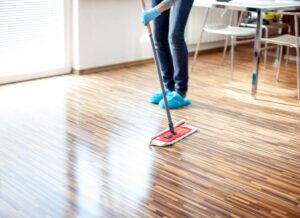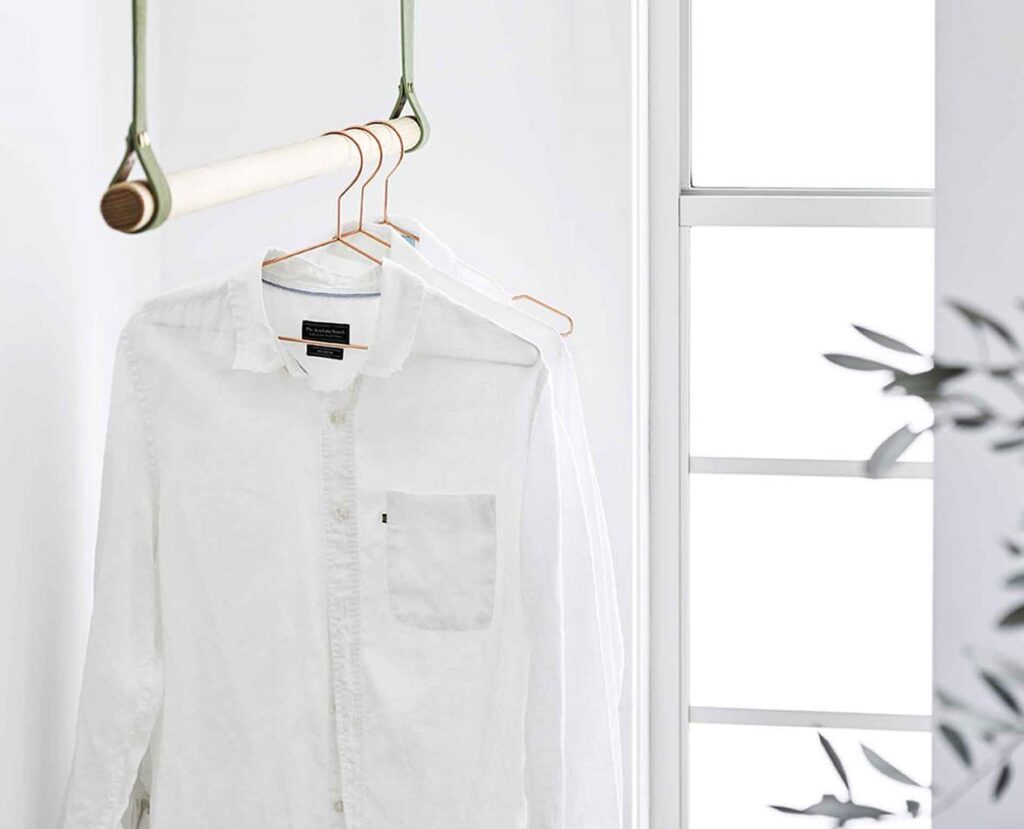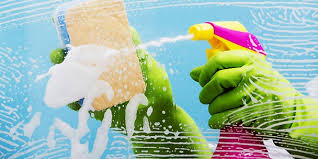How Long Should You Book House Cleaners For?
Have you ever seen one of our house cleaning deals and wondered if it’s worth it? If you’ve never booked house cleaners before, it may be difficult to tell what you’re getting when you purchase, say, “four man-hours of cleaning”
To clear things up, we surveyed our merchants from across the country, asking them how many hours it would take them to clean homes of different sizes, as well as what types of tasks they would normally cover in that time.
How long does it take to clean a house?
To get our results, we asked our merchants this question, then averaged their responses and rounded to the nearest quarter-hour.
What does standard house cleaning include?
To clarify the definition of “standard cleaning,” we also asked each business to explain what services they would include in the normal course of their work. There wasn’t quite universal agreement, but several tasks appeared in almost every response:
Dusting
Sweeping
Vacuuming
Mopping
Cleaning bathroom and kitchen surfaces
What types of cleaning take extra time?
Respondents were fairly unified on this question as well. Most said the following cleaning tasks go beyond the scope of standard service:
Windows
Blinds
Inside the oven
Inside the refrigerator
Laundry
Dishes
Baseboards

Learn how to create a house cleaning pricing guide so that you make a profit from every cleaning
Pricing a residential house cleaning job doesn’t have to be all consuming. The easiest way to charge for a residential house cleaning job is to track your clean time and cleaning material. In this article, you’ll learn how to create a house cleaning pricing guide for estimating house cleaning, condo cleaning, and apartment cleaning so that you make a profit from every cleaning.
So, you’re new to the professional cleaning industry? That’s fantastic! The one thing you don’t want to get wrong is estimating your clean time at a customer’s home like we did. It was a disaster!
Many years ago, our staff had to clean a 3-story home and provide 2 loads of laundry services for an estimated time of 2 hours. It should have worked, but enough thought wasn’t considered for the laundry’s dry time and folding. (Our customer’s dryer was old and took waaay too long to dry clothes.)
Even with the option to stop by his home first thing in the morning to put a load of clothes in the washer, then return after cleaning another home to complete his basic cleaning services, we still lost time. We couldn’t seem to reach our usual profit margin due to time and fuel wasted in travel.
eventually had to increase our customer’s price. And to remedy this from ever happening again, we developed a system to charge for house cleaning so that we’d make a profit from every cleaning job. We never wanted to run into this problem again! Never! And we’re here to help you do the same.

The Ultimate Guide to Domestic Cleaning Services
So You Want A House Cleaning Service But Don’t Know Where To Start?
I may be biased, but I believe getting a regular house cleaning service is a lifesaver. With what should be a seamless booking process, they come over and take care of the most annoying chores around the house and you come home to what now feels like a palace. The kitchen is clean, the bathrooms are scrubbed, the bins are taken out and if you’re lucky they may even change the bed linen.
house cleaning is an absolute luxury and quality house cleaners aren’t the cheapest thing around, but apart from directly saving you time and effort, there are also benefits not immediately apparent such as a more hygenic household, everyone stops fighting over whose turn it is to do chores and honestly it’s just super relaxing knowing it’s all done for you.
But navigating the vast landscape of the house cleaning arena can be daunting. You may be asking yourself some of the following:
What should you look out for?
Do I have to supply all the equipment and products?
Go through an agency or hire someone off Gumtree / Airtasker?
How much should they charge?
What’s typically included?
What happens if they break something?
Can you trust them?
Do you have to be home?
Saves You Time
This one is easy enough to explain. A house cleaner may visit your home once a fortnight for 3 hours to stay on top of it all. That is 3 hours that – let’s be honest you may or may not have got around to, but IF you did, it’s 3 hours less work that you have to do on your weekends or after a long day of work.
You’ll Have A More Hygienic Home
While many of us think of cleaning the house as a purely aesthetic activity and end result, the fact is that a good dust, scrub and vacuum (especially in the kitchen and bathroom areas) will result in a cleaner, more hygienic house. This is especially important after someone has been sick or flu season is approaching.

How Much Do House Cleaners Cost?
We all need to clean regularly, but sometimes can’t find the time or may no longer be able to clean as thoroughly as we used to. Time to hire a house cleaner to help out? Maybe. House cleaners are certainly convenient, but can you afford one? House cleaners can cost anywhere from $100 to $180, depending on the size of your home and the service they are performing. A $100 charge would be to clean a smaller 1 or 2-bedroom apartment or unit, with a 3-bedroom home costing $125+ and $180+ to clean a 4-bedroom home.
Why Hire a House Cleaner?
You might want to hire a house cleaner for a variety of reasons:
To give your house a thorough one-off clean
To be able to fit some leisure time into your busy life
To come in on a scheduled basis to make your house shine again
To clean while you’re incapacitated
House cleaners can come to your home and give it a thorough cleaning once or you can make arrangements to have them come on a regularly scheduled basis.
Hiring a house cleaning service
It’s important to hire a reputable, insured house cleaning service. Your cleaner will have access to your possessions and you don’t want to take any risks. You also want to know they can be trusted to give your home a thorough cleaning in accord with the contractual agreement you make with the service. Compare the quotes by price, but also ask for references and other proof of competence. Then you can choose the best house cleaning service for the best price.
Some questions to ask before you hire a service include:
How long have you been in business?
Are you insured?
How long will you take to clean my home?
What cleaning products do you use – are they environmentally friendly?
Do you have references I can check?
It is also important to distinguish general house cleaners from specialised services, like window cleaning. House cleaners will typically not carry out all these jobs, especially for tasks that require dedicated equipment. These include:
Window cleaning services
Carpet cleaning
BBQ cleaners
Oven cleaners
Air conditioning and heating duct cleaners
Rental bond or end of lease cleaners
Tile & grout cleaners
High pressure cleaning services
Residential Cleaning Services
Daily cleaning of student community bathrooms and public restrooms in the residence halls
Daily cleaning of common areas to include lobbies, parlors, study rooms, and kitchens within the residence halls
Removal of interior waste and recycling (recycling is done by Exterior Services)
Maintenance of the hard floor surface areas including dusting, damp mopping, burnishing, stripping and refinishing
Carpet care including vacuuming and extracting
Non-Billable Services Include:
Cleaning according to current codes and standards
Daily cleaning of restrooms
General cleaning of offices, classrooms, labs and patient care areas
Removal of interior waste and recycling
Maintenance of the hard floor surface areas including dusting, damp mopping, burnishing, stripping and refinishing
Billable Services Include:
Clean-up after special events
Refrigerator cleaning
Microwave oven cleaning
Window cleaning by external contractor. All academic building windows are cleaned on schedule. Residential building windows are cleaned by request.
Work scheduled outside of normal service times or areas
Requests for cleaning services, which require additional staff






